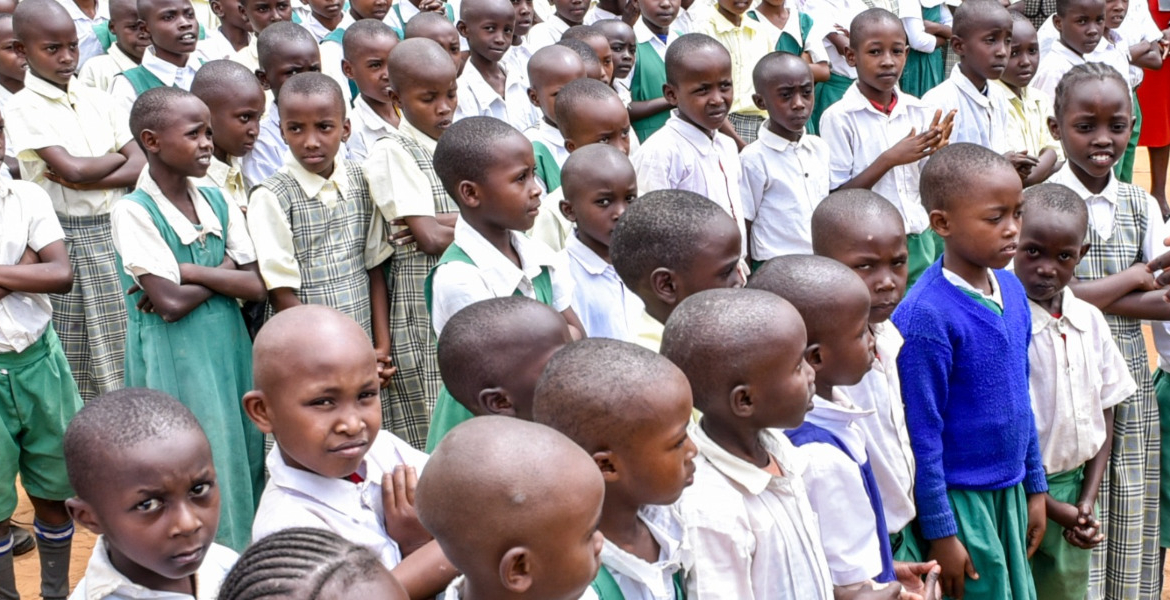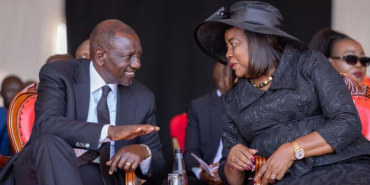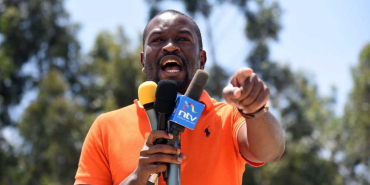How Kenya’s Secondary School Placement Will Work Under the New Career Pathway Model

Kenya's Ministry of Education is poised to revolutionise secondary education with the implementation of a comprehensive placement system that will channel over one million students into senior schools based on their chosen career pathways.
Starting May 26, the initiative, rooted in the Competency-Based Education (CBE) framework, will require students to select 12 schools aligning with their aspirations and academic performance. This system moves beyond traditional school classifications, focusing on aligning students with areas of interest and academic performance, aiming to nurture talents while ensuring equitable distribution of opportunities across institutions. The placement process is scheduled for completion after the inaugural Kenya Junior School Education Assessment (KJSEA) results are released, slated for November.
According to Dr. William Sugut, head of the secondary directorate at the Ministry of Education, the placement process will be guided by several factors: learners’ personal interests, teacher recommendations, and academic performance. Active parental involvement is also planned to ensure students receive sound guidance that resonates with their future career objectives. The senior school system will be categorised into three broad career pathways: social sciences, arts and sports, and science, technology, engineering, and mathematics (STEM).
These pathways will further be divided into specialised tracks, allowing students to refine skills in specific disciplines. National schools, boasting extensive infrastructure and resources, will accommodate all three pathways, while other institutions will offer STEM alongside either arts and sports or social sciences. Placement results will be accessible online, with students using their unique assessment numbers to view their admission letters.
Registration for assessments has been completed, setting the stage for selecting pathways and tracks, a step Dr. Sugut described as vital for identifying each learner's strengths and aptitudes. Teachers will play a critical role in facilitating the process by logging into the National Education Management Information System (NEMIS), which will generate lists of Grade 9 students within each institution. Learners will then navigate the structured selection with teachers’ and parents’ input, ensuring informed choices.
Transparency is a key component, with teachers expected to verify the presence of students and guardians, reinforcing the ministry's commitment to inclusive guidance. After selecting a preferred pathway, learners will choose specific tracks within it, followed by subject combinations determining their senior school placement. Each student must select four senior schools: one day school, one boarding school within their home county, and two boarding schools outside their county. This process will be repeated for additional subject combinations, ensuring placements accommodate both academic and personal development needs.
The Ministry of Education, in coordination with the Kenya National Examinations Council (KNEC), will oversee logistics to ensure smooth placements and equitable distribution of opportunities. Separating the KJSEA registration from pathway selections was a strategic decision to streamline the transition into senior school, according to Dr. Sugut. During a recent national discussion on CBE, education officials reiterated the need to tailor learning experiences to individual strengths. Cabinet Secretary Julius Ogamba emphasised the importance of nurturing young talent through structured educational frameworks.
"If a student excels in STEM, social sciences, or arts and sports, we should recognise their interests and guide them appropriately," Dr. Sugut noted, urging educators to prioritise placement accuracy.
Senior school learners will engage in seven subjects, four of which will be compulsory, including mathematics. Academic performance will be evaluated cumulatively, incorporating assessments from Grades 6, 7, and 8, with a final summative evaluation in Grade 9. This comprehensive approach ensures that placement decisions reflect a student’s progress over several years, rather than relying solely on a single exam.
To ensure fairness, top-performing students will be placed strategically. The top six learners per gender in each STEM track per sub-county will secure placements in their preferred boarding schools. Similarly, the top three students per gender will be placed in their preferred schools for social sciences, arts, and sports pathways. Schools with available capacity will be required to declare vacancies, with any necessary changes expected to be finalised two weeks before reporting dates.








Add new comment